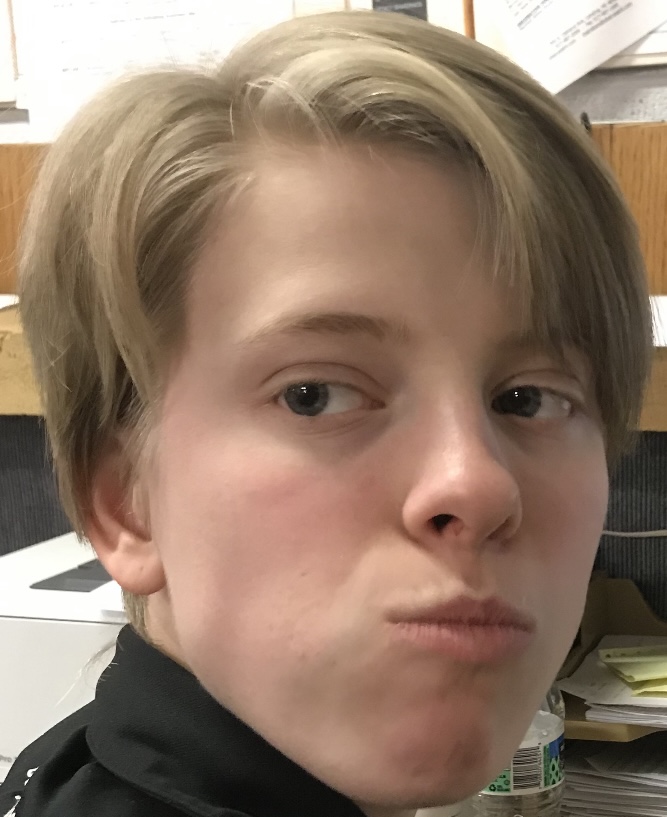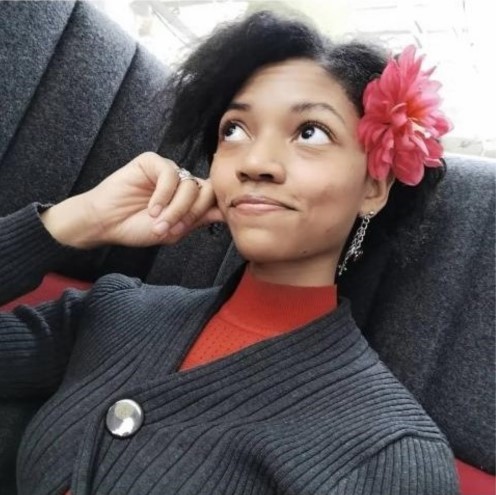Amphithere
Diagram coming Soon™️
Physical Appearance
Amphithere eggs are capsule shaped, and have similar coloring and texture to the rocks in their native rock pools. The eggs are around 4.5 inches in diameter, and 14 inches in circumference. Male eggs are 8 inches long, whereas female eggs are 10 inches long. Hatchlings emerge from their eggs after spending between 180 and 200 days growing inside. Juvenile amphitheres are called havwyrms, only graduating to full amphithere status upon gaining their wings. Male havwyrms have a diameter around 1 inch at their hatching, and are about 15 inches long. Females have a diameter between 1 and 1.25 inches upon hatching, and are about 18 inches long.
Their wings develop alongside their bodies, under their skin. During their spring molt at 10 years old their wings separate from their bodies. The process is minimally painful, but it takes about a week of recovery time. A ‘sprouting’ male amphithere has a diameter of 4 inches, a length of 5 feet and a wingspan of 10 feet, and weighs about 40 pounds. Theoretically, an amphithere could live for up to 60 years, grow to weigh a maximum of 625 pounds, be over 11 feet in length, and have a diameter of 20 inches. It's very rare for amphitheres to live longer than 45 years in the wild due to the amount of food necessary to sustain such a massive body, but if one such specimen were to exist it would be terrifying to behold.
All amphitheres display blue shades in their scales and skin, most commonly being a neutral blue, and more uncommonly a green or purple. They have long, sleek bodies, and spiked fins run along their backs and crown their heads. Their tails end in fans which they use to change direction and move forward in water. Their scales are hard, but smoothed to decrease friction. When flying, they coil up their bodies to avoid dragging their tails. Amphitheres are very muscle dense, which makes them very heavy. They prefer to stay in deeper water where their body weight is more supported. Female amphitheres are around 25% larger than males on average, making them more desirable for labor.
Utility
When unburdened, amphitheres fly at an average speed of 30 miles per hour, and swim at about 25. They can carry up to 25% of their body weight when flying at a speed of roughly 20 miles per hour, and can pull up to 40% of their body weight when swimming at a speed of roughly 15 miles per hour. They can fly for several hours at a time before tiring, and when making a long flight over water they will take breaks to swim.
Life Cycle
Wild amphitheres hatch alone and learn to care for themselves, so they are very independent. Several months after hatching havwyrms develop their gills, after which they begin to explore the sea and eat fish. Before doing so they feed on small creatures in the rock pools or on the beach. Most havwyrms don’t survive to adulthood, and die either from starvation, being eaten by larger wyrms, or attempting to eat jellyfish.
Unlike most domesticable animals, they have no herd instincts or sense of group identity, but they mate for life and are loyal to the death. When their wings sprout, their reproductive instincts kick in and they fly to the top of the Fjords to seek out a mate. They live and breed in the fjords, nesting in the rock pools. Once their eggs are ready, they return to the pool that they hatched in and lay their own eggs there.
Amphitheres molt once every season, from the time that they hatch until they die. Their colors are most vivid following a molt. Camouflage is not important for amphitheres, and vibrant colors are thought to be desirable among them. Individuals seeking a mate will not choose one with a similar color to their own.
Breeding season happens in the early spring. Only fully matured amphitheres can breed, and each clutch contains between 10 and 15 eggs. Females lay eggs only twice in their lifetime: once at 10 years old and again at 20 years. Males don’t lose the ability to breed, and a younger male will be declined in favor of an older one. Amphitheres value longevity, so females will choose a mate that has proven his capability not only to survive, but to thrive.
Temperament
Amphitheres are incredibly stubborn, and therefore difficult to train. The only known way to train one is to have possession of its egg before it hatches, and then to care for and befriend it. They are also venomous, which makes engaging with them dangerous. Even if someone manages to ‘train’ one, it will not obey all commands. If enslaved or treated cruelly, they will never stop fighting against the oppression-be it chains and other physical restrictions, or a person with a whip. They will drive themselves to exhaustion and die before accepting servitude.
Cultural Significance
The Amphithere is a symbol of an unbreakable spirit, an indomitable will. In older days it represented honor and independence, but its use by Willwright as the school’s insignia has created an association of the creature with Volition, causing most of the people of Advarsel to view it as an incarnation of seclusion and malevolence.
On occasion, a lucky hiker will come across some shed amphithere skin. Shed skin doesn't retain much color, but is still valued as a rare trophy by amphithere enthusiasts.






Interesting wyrm creature. How big are they? Cat sized? Pony? Elephant?
You're right! I didn't specify at all! XD
I've remedied my oversight! :P